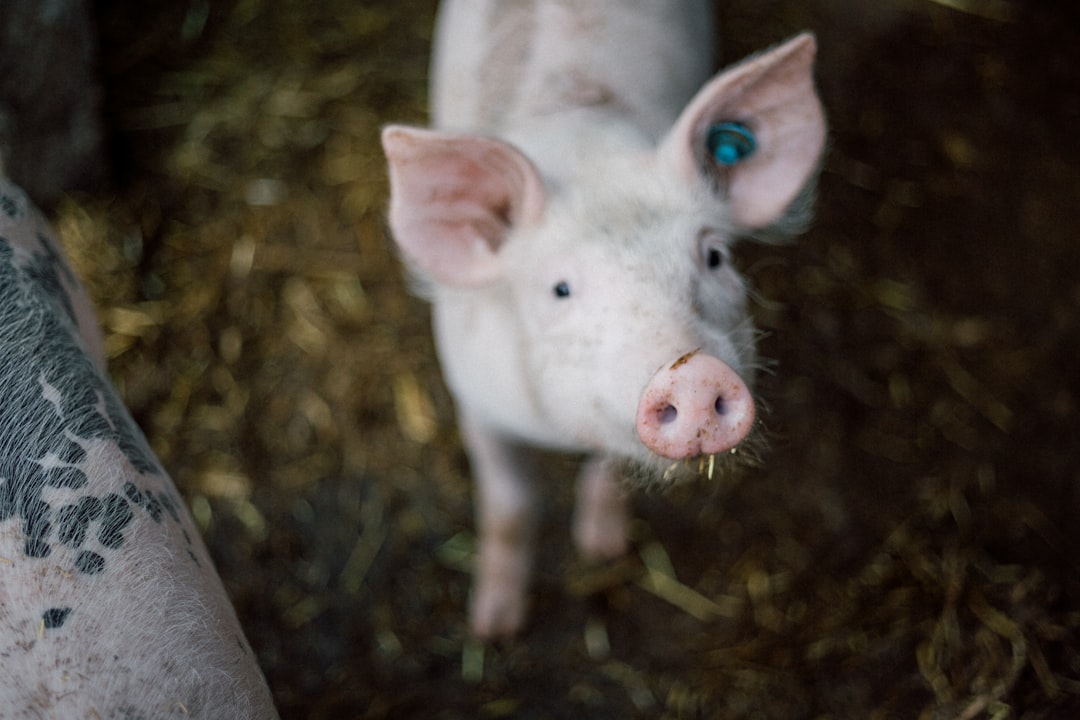What is it about?
Physical forces play a significant role in the tumor microenvironment and throughout different stages of tumor progression, acting as an external stimulus that influences cancer cells. However, it is not well-established how these physical forces specifically affect and drive the emergence of diverse phenotypes in heterogeneous tumors. In this study, we aim to investigate the impact of compression on the adaptations of melanoma cells.
Featured Image

Photo by National Cancer Institute on Unsplash
Why is it important?
Our study reveals that compression during tumor progression can act as a double-edged sword in driving cancer evolution. While it inhibits cancer cell growth and migration, it also triggers cancer chemoresistance, ultimately impacting chemotherapy outcomes.
Perspectives
It was very interesting to see how melanoma cells response to environmental physical factors and adapt with distinct phenotypes. Identified compression as a factor that can make melanoma cells more resistant to chemotherapy is exciting, as this could lead to new treatments that target chemoresistance, improve chemotherapy outcomes, and save lives.
Xingjian Zhang
Yale University
Read the Original
This page is a summary of: Compression drives diverse transcriptomic and phenotypic adaptations in melanoma, Proceedings of the National Academy of Sciences, September 2023, Proceedings of the National Academy of Sciences,
DOI: 10.1073/pnas.2220062120.
You can read the full text:
Resources
Altmetric of this article
Altmetric of this article
Compression of cancer cells a double-edged sword, study finds
This study is reported in Yale News
Compression of cancer cells is a double-edged sword, study finds
This study is reported in Medicalxpress.
Compression of cancer cells is a double-edged sword, study finds
This study was reported by Headtopics.
Cell Compression and Dual Impact on Melanoma
This work was reported by the Mirage News
Contributors
The following have contributed to this page










